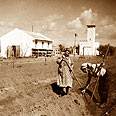
A. Hilda Longart and Lily Stein prepare area for planting of vegetables
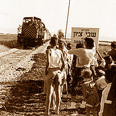
B. First train arrives in Shavei Zion following War of Independence, 1949
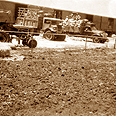
C. Negev crops led north on train, 1952
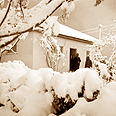
D. Snow in Shavei Zion, winter of 1951
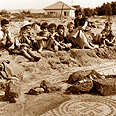
E. Mosaics floor of Byzantine church uncovered in 1955 near moshav
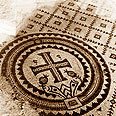
F. Mosaics floor of Byzantine church uncovered in 1955 near Shavei Zion
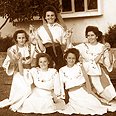
G. Holiday in Shavei Zion, 1950s. Dancers: Shulamit Schindler, Yehudit Marx and the Stein sisters
Shavei Zion celebrates 70 years – part 2
Persecution of Germany's Jews in 1930s prompted families from Rexingen to immigrate to Israel, settle near Nahariya on lands received from JNF. Moshav Shavei Zion established on April 13, 1938 as cooperative agricultural community. Second and last part of photographed documentation
Last week
we published the first article marking the 70th anniversary of the establishment of Moshav Shavei Zion.
It all began in Rexingen, a small village in the Baden-Württemberg state of the Federal Republic of Germany, a village of Jewish families earning their living in agriculture.
The 1930s saw the beginning of the persecution of Jews in Germany, and 20 families from Rexingen and other Jews from Baden-Württemberg sought to leave and immigrate to the Land of Israel.
They approached the settlement organizations and promised to buy land and a house if a suitable place for the establishment of an agricultural community is marked for them.
The Jewish National Fund set aside a land for them near Nahariya. The group arrived at the place on April 13, 1938. The entire area was subject to hostile Arab activity, and therefore it was necessary to build it in the Homa Umigdal method (overnight settling).
The settlers were mainly adult people with property they managed to bring from their former homes, as well as young families who were just beginning their lives. This composition led to arguments on the community's nature, and it was eventually decided to establish a cooperative agricultural community.
The founders of Shavei Zion worked to take in the illegal immigrants' ships after World War II and during the War of Independence. After the State's establishment, the relations with the families' friends in Rexingen and Stuttgart were renewed, and continue to this day.
Ahead of Shavei Zion's 70th anniversary, an album containing the community's story has been released, and a photo exhibit on the community's history has been prepared by the Shavei Zion friends in Germany. The exhibition was presented in Germany and in Shavei Zion, and will be presented at the Konrad Adenauer Conference Center at Mishkenot Sha'ananim in Jerusalem as of this month.
We would like to thank Uri Gefen for his help with the archive work.
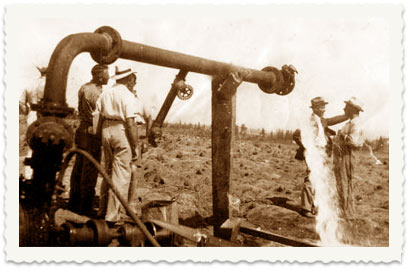
1. First well yields water
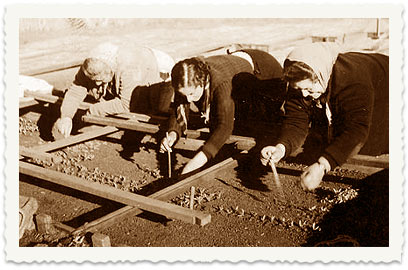
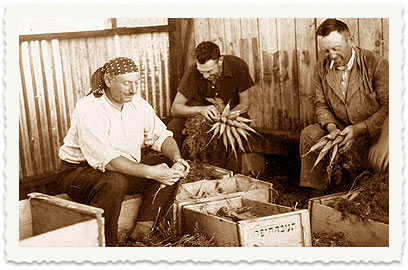
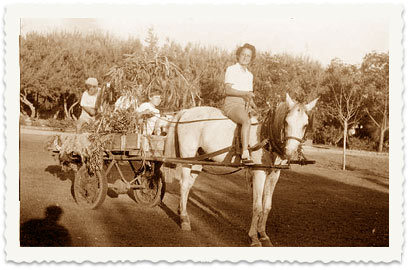
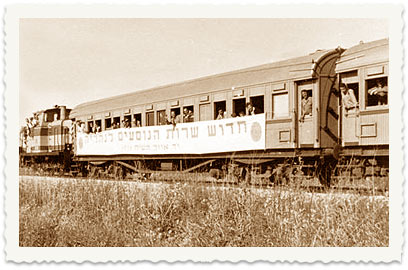
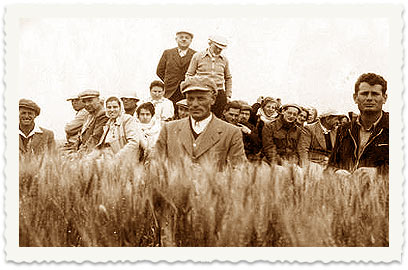
6. In the first years following the State's establishment, Shavei Zion received cultivation fields in the Negev. In the photo: Shavei Zion members tour their wheat fields
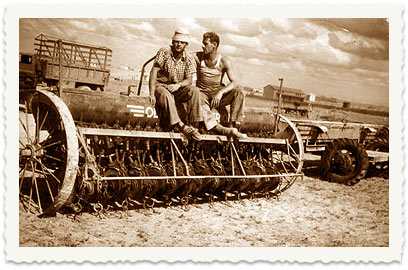
7. Moshe Klaverman and Amos sowing in Shavei Zion field in the Negev
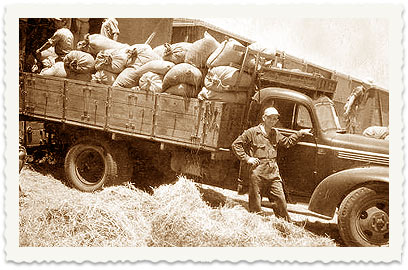
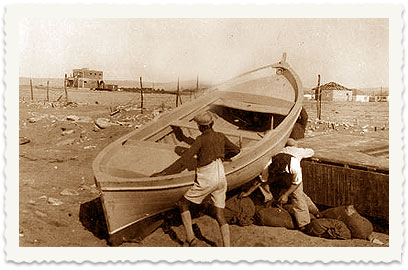
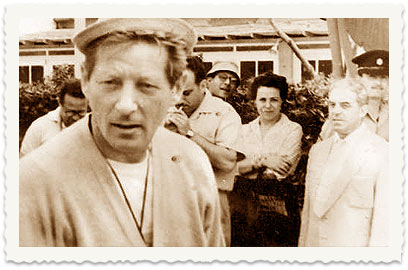
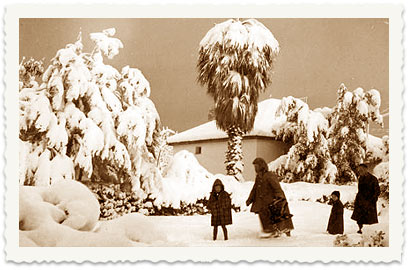
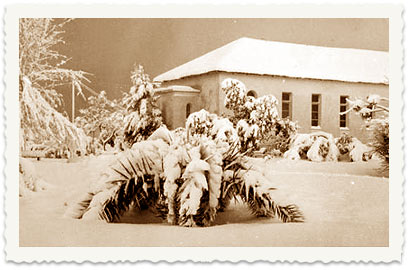
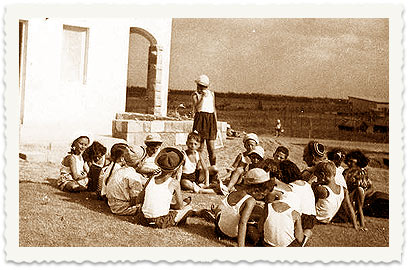
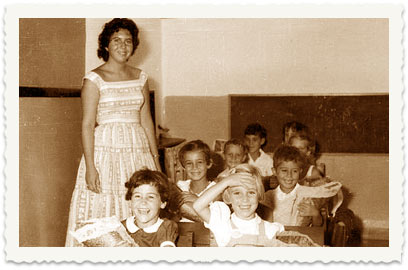
14. First graders in Shavei Zion, end of 1950s
- For all trips to the past – click here















